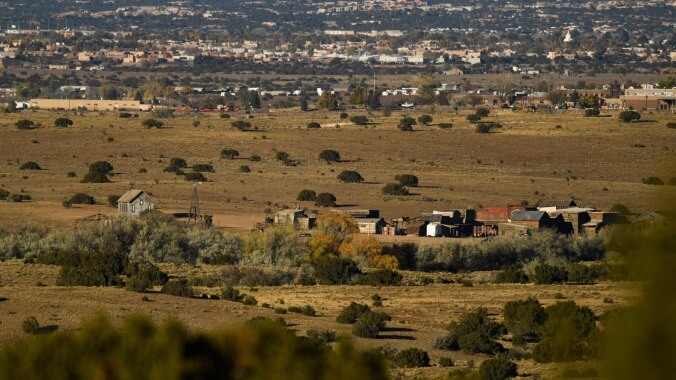Alec Baldwin shares letter from Rust crew rejecting claims that the set was dangerous
The letter says that everyone involved has worked on chaotic productions, but “Rust was not one of them.”

It’s starting look more and more likely that we’ll never know exactly what led to or caused the deadly incident on the set of Rust, where a gun loaded with a live bullet was fired, injuring director Joel Souza and killing cinematographer Halyna Hutchins. But there have been a lot of conflicting suggestions for who, if anyone, should be held responsible.
Alec Baldwin, who was holding the gun when it went off, denies any responsibility and says he didn’t even pull the trigger, while others claim that the Rust set was already a mess even before any of this happened. Today, Baldwin shared a letter from the Rust crew rejecting the “public narrative” that the set was a “chaotic, dangerous, and exploitative workplace,” saying stories like that are just a distraction from more important things like “the memory of (DP) Halyna Hutchins” and “the need to find modern alternatives to outdated industry firearm and safety practices.”
Deadline believes that the letter was “spearheaded” by Rust costume designer Terese Magpale Davis, who previously posted a note on Facebook saying that crew members who quit the production over perceived safety issues before the gun went off are “jerks.” Davis also said that the rest of the Rust crew are “some of the most approachable and warm” she had ever worked with.
This new letter that Baldwin shared notes that it’s “common” in the film industry to work on “unprofessional or hectic productions” and that many of the people who were working on Rust were familiar with sets like that, but “Rust was not one of them.” It says that, while some people quit, “the vast majority of us remained, never feeling the need to protest or quit.”
The letter also says that “working hours and wages were fair and consistent with expectations,” that the “12-hour days and turnarounds were standard,” and that “working morale on set was high.”
It does not really address why other crew members felt differently or anything that may have led to the gun going off, but the point of the letter is specifically to insist that not everyone was as unhappy with the conditions as the “public narrative” might imply.